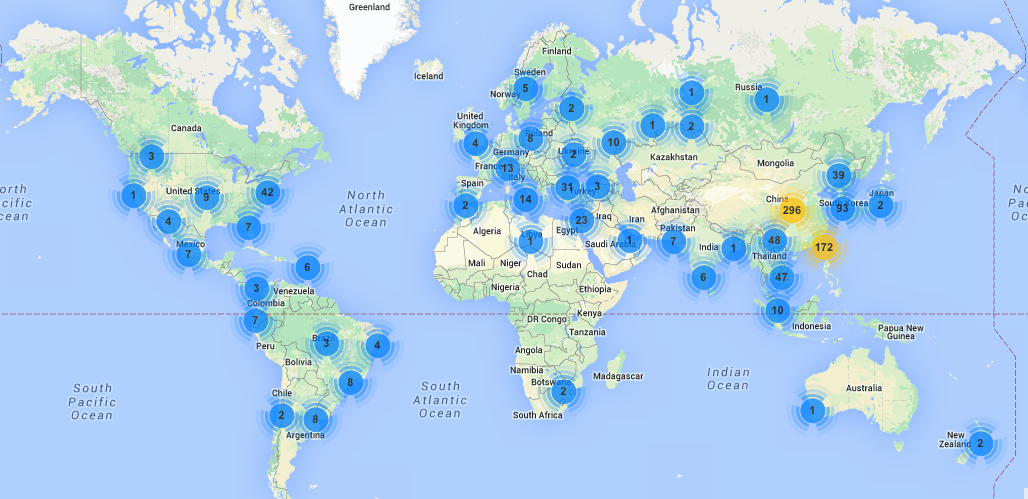I was recently doing some deep penetration testing against an organization in a red-team, zero knowledge type exercise. The targets were aware of the test at only the highest levels of management, who had retained myself and my team for the engagement. The mission was simple, obtain either a file that listed more than 100 of their key suppliers, or obtain credentials and successfully logon to their internal supply system from an account that could obtain such a file.
Once we laid some basic groundwork, it was clear that we needed to find the key people who would have access to such data. Given the size of this multi-national company and the thousands of employees they had across continents, we faced two choices – either penetrate the network environment and work our way through it to find and obtain the victory data and/or find a specific person or set of persons who were likely to have the data themselves or have credentials and hack them get a shortcut to victory.
We quickly decided to try the shortcut for a week or less, preserving time for a hack the network approach should we need it as a backup. We had approximately 6 weeks to accomplish the goal. It turned out, it took less than 6 hours…
We turned our TigerTrax intelligence & analytics platform to the task of identifying the likely targets for the shortcut attack. In less than 30 minutes, our intelligence team had identified three likely targets who we could direcly link to the internal systems in question, or the business processes associated with the victory condition. Of these three people, one of them was an extensive participant in their local dance club scene. Their social media profile was loaded with pictures of them dancing at various locales and reviewing local dance clubs and DJs.
A plan was quickly developed to use the dance club angle as an approach for the attack, and a quick malware serving web site was mocked up to look like an new night club in the target’s city. The team them posted a few other sites pointing to a new club opening and opened a social media account for the supposed club’s new name. The next day, the penetration team tested the exploits and malware against the likely OS installs of the victim (obtained from some of their social media data that was shared publicly). Once the team was sure the exploits and malware were likely to function properly, the club’s social media account sent a tweet to the account of the target and several other people linked to the club scene, inviting them to a private “soft opening” of the club — starring the favorite DJ of the target (obtained from his twitter data). Each person was sent a unique link, and only the target’s link contained the exploit and malware. Once the hook was delivered, the team sat back and waited a bit. They continued to tweet and interact with people using the club’s account throughout the rest of the day. Within hours, the target followed the club’s account and visited the exploit site. The exploit worked, and our remote access trojan (RAT) was installed and connected back to us.
It took the team about an hour to hoover through the laptop of the target and find the file we needed. About the same time, an automated search mechanism of the RAT returned a file called passwords.xls with a list of passwords and login information, including the victory system in question. The team grabbed the victory files, screen shotted all of our metrics and data dashboards and cleaned up after themselves. The target was none the wiser.
When we walked the client through this pen-test and explained how we performed our attack, what controls they lacked and how to improve their defenses, the criticality of social media profiling to attackers became crystal clear. The client asked for examples of real world attackers using such methods, and the team quickly pulled more than a dozen public breach profiles from the last few years from our threat intelligence data.
The bottom line is this – this is a COMMON and EFFECTIVE approach. It is trivial for attackers to accomplish these goals, given the time and will to profile your employees. The bad guys ARE doing it. The bigger question is – ARE YOU?
To learn more about our penetration testing, social engineering and other security testing services, please call your account executive to book a free education session or send us an email to info@microsolved.com. As always, thanks for reading and until next time, stay safe out there!

